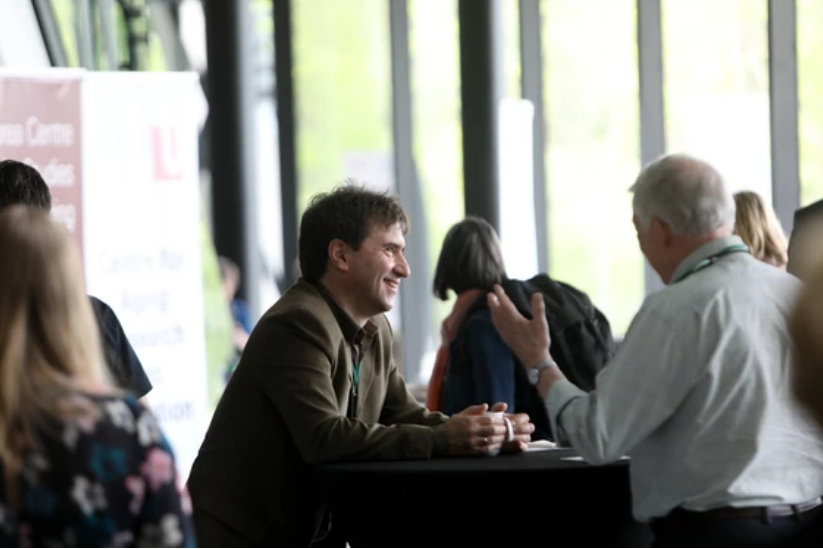Kirill Levinson participated in an international conference in Canada

Abstract
Academic institutions in the USSR were state-owned and served the state’s political, economic, military and ideological needs. This determined their personnel policies. During the Cold War, Soviet academia’s age-related personnel policies evolved. While in the late 40s and early 50s purges often resulted in relatively young persecutors taking their relatively old victims’ places, this was not the campaign’s declared goal. Age was not a personnel policy criterion then. What mattered was one’s ethnicity, politics and work experience. The latter meant being not too young. In the 50s, leading scientists persuaded the Soviet leadership that more scholars – ad younger ones – were needed. Young age became an asset. “Young scholars’ councils,” “young scholars’ competitions” and “creative youth groups” were introduced in the 1960s, although off the main career tracks. In 1987, President of the Academy of Sciences Gury Marchuk stigmatized aging as a synonym for obsolescence and initiated a radical rejuvenation campaign. research institutes were ordered to annually recruit “young specialists” and dismiss scholars above 70.
Drawing on documents from the archives of the USSR Academy of Sciences and the Moscow State University, the paper shows how personnel policy criteria changed over time and how opposition to change was overcome.
Conference website
Kirill Levinson
